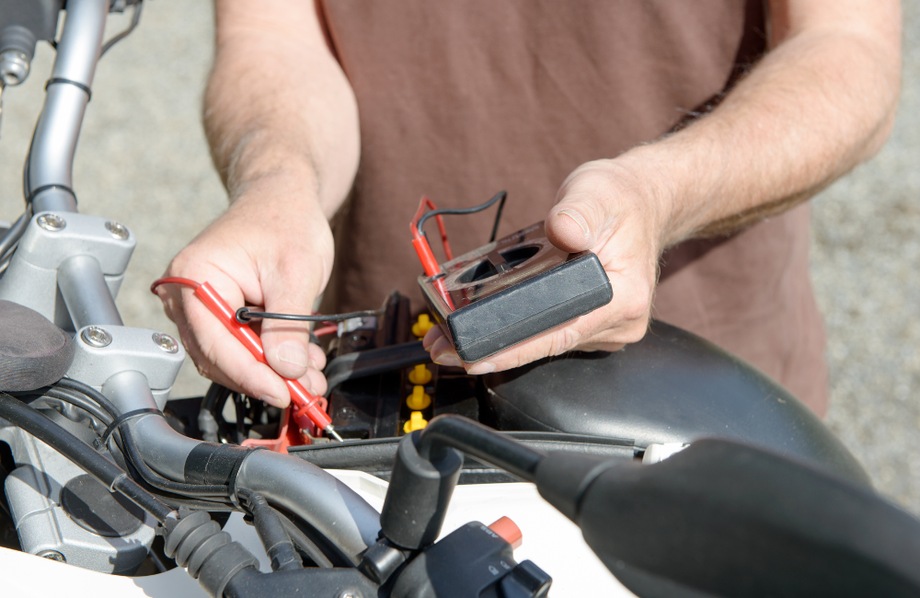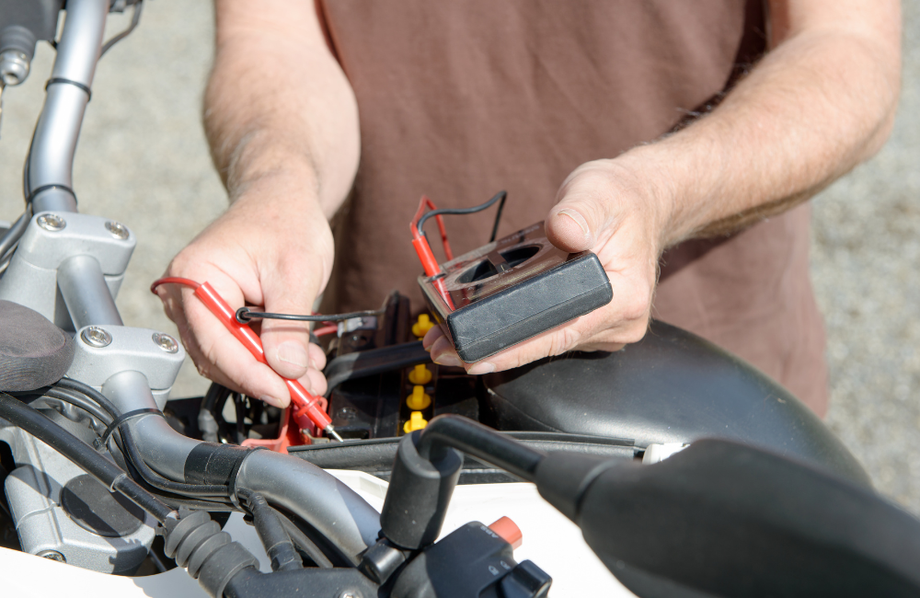For many motorcycle enthusiasts, the ability to perform basic maintenance tasks such as recharging the battery is not just a matter of practicality but also a source of pride. A well-maintained battery is crucial for reliable starts and the overall health of your motorcycle's electrical system. This guide, courtesy of Taverner Motorsports, walks you through the steps to recharge your motorcycle battery, ensuring you're ready to hit the road with minimal downtime.
Understanding Your Motorcycle Battery
Before diving into the charging process, it's essential to understand the type of battery your motorcycle uses. Most modern motorcycles are equipped with maintenance-free, sealed lead-acid batteries, but some models may use lithium-ion batteries. Identifying your battery type is crucial as it dictates the appropriate charging method and precautions.
Safety First
Safety should always be your top priority when handling motorcycle batteries. Always work in a well-ventilated area to avoid the accumulation of potentially explosive gases. Wear protective gloves and eyewear to protect against acid spills, and ensure the motorcycle is turned off before beginning.

Preparing for Charging
Inspect the Battery: Start by removing the battery from your motorcycle, if necessary, and inspect it for any signs of damage, leaks, or corrosion on the terminals. Clean any corrosion with a baking soda solution and a small brush. Ensure the battery is dry before proceeding.
Check the Voltage: Use a voltmeter or multimeter to check the battery's current voltage. This will give you an idea of its state and how much charging is required.
Choosing the Right Charger
Select a charger compatible with your motorcycle's battery type. A smart charger that automatically adjusts the charging rate is ideal, especially for maintenance-free batteries. Ensure the charger's voltage setting matches your battery's voltage.
Charging Process
- Connect the Charger: Attach the charger's red clip to the positive (+) terminal and the black clip to the negative (−) terminal.
- Set the Charger: If your charger has multiple settings, select the appropriate voltage and charging mode based on the manufacturer's recommendations.
- Monitoring: Keep an eye on the charging process. A smart charger will indicate when the battery is fully charged, but if you're using a manual charger, refer to the battery's specifications for charging time.
After Charging
Once the battery is fully charged, disconnect the charger, starting with the negative clip. Before reinstalling the battery in your motorcycle, check the electrolyte levels (if applicable) and top up with distilled water as needed. Ensure the terminals are clean and tightly secured when reconnecting the battery to your motorcycle.
Recharging your motorcycle battery is a straightforward task that can significantly extend its life and improve your motorcycle's performance. Regular maintenance, including keeping the battery fully charged during extended periods of inactivity, is key to avoiding unexpected downtime. For more detailed guidance or if you encounter any issues, the experts at Taverner Motorsports are always here to help, ensuring your riding experience remains uninterrupted and enjoyable.





Comments